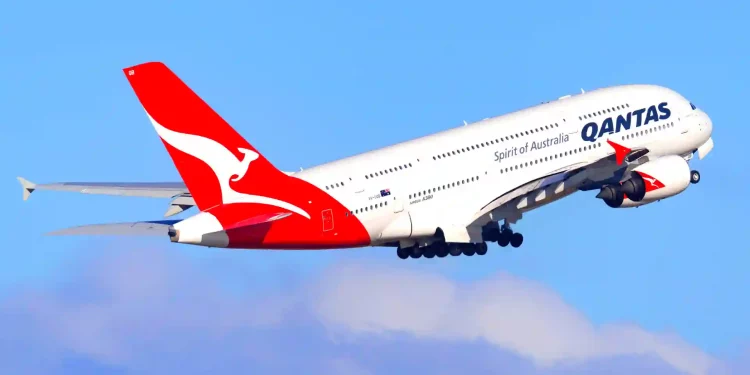Australian airline Qantas Airways stated that it had ordered 12 A350-1000 planes from Airbus to be used on what will be the world’s longest commercial flight from Sydney to London, a twenty-hour journey.
The deal comes amid improving market conditions, and a faster than expected rise in demand for international travel. This will allow the carrier to reduce debt and forecast a return to profit from the next financial year onwards.
CEO of Qantas, Alan Joyce, said that the order for new aircraft, the largest aircraft order in Australian history, was a clear indicator of confidence in the future of the Qantas Group.
While Qantas did not disclose the value of the transaction, it is expected to be in billions of dollars, based on the list prices of aircraft.
The airline said that the non-stop flights from Sydney to London are expected to take nearly 20 hours, and will begin in the latter half of 2025.
Qantas also said in a statement that the A350 aircraft would carry 238 passengers across various classes of seating, with almost 40 percent of the cabin dedicated to premium seating.
Qantas places orders through to 2034
The airline has also ordered smaller aircraft from Airbus to renew its ageing domestic fleet, with deliveries expected to start in late 2024. The massive order from Qantas also includes an option to buy 94 more aircraft, through to the year 2034.
Joyce said that the phasing of the order will allow the airline to fund the purchases within its debt range, and from earnings, while at the same time leaving ample room for shareholder returns.
The deal, named Project Sunrise, would see the domestic fleet cutting emissions by 15 percent on fossil fuels, and even more when utilizing sustainable aviation fuel (SAF). Joyce further added that Project Sunrise would be carbon neutral from day one of operations.
In December last year, Qantas had selected Airbus as its preferred supplier to renew its ageing fleet, which came as a major blow to the incumbent supplier, Boeing.
In a separate statement, Qantas said while it expects an underlying operating loss for fiscal 2022, the second half of the year would benefit from improved domestic and international demand with free cash flow seen rising further in the current quarter.


















